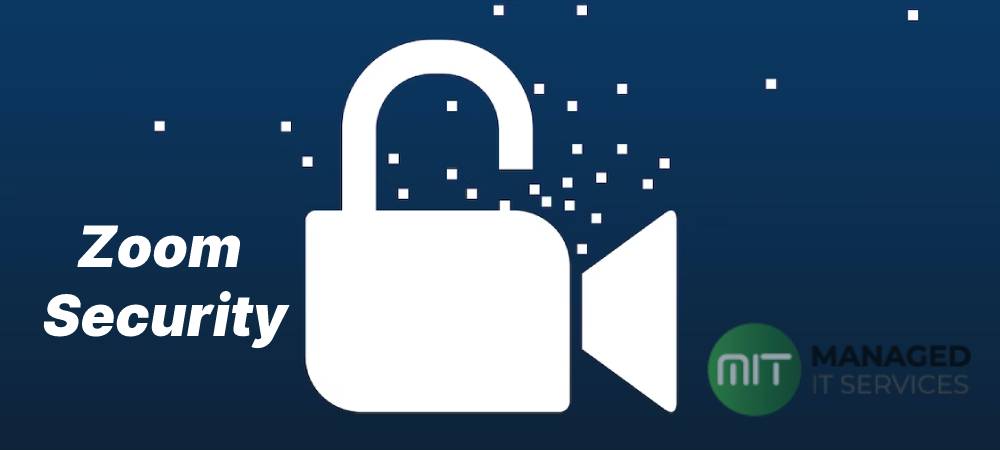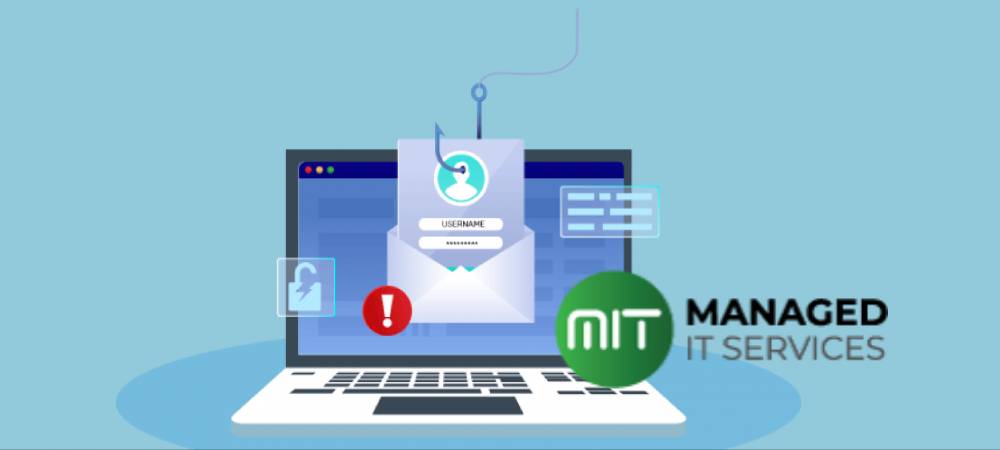During the pandemic, the world shifted to remote working and online learning. Much of this was made possible due to the presence of video conferencing apps like Zoom, Microsoft Teams, Skype, and Google Meet. Despite being launched in 2013, very few people knew about Zoom 2020. Now, remote working and online learning are synonymous with Zoom. It is also reflected in the company’s market share and revenue.
Zoom – Overview
Figure 1 shows Zoom’s market share in the collaboration tools market. Interestingly, Zoom does not offer many collaboration features except audio/video conferencing. However, it shows how much people have come to rely on it.
Figure 1. Zoom Market Share Among Collaboration Tools
Figure 2 shows how the company’s revenue took off once lockdown orders were issued worldwide.
Figure 2. Zoom Revenue
A 2021 survey of U.S. respondents revealed that Zoom is among the most popular apps.
Figure 3. Popular Apps in the U.S. 2021
Figure 4 shows the list of fastest-growing brands in 2020. Zoom is at the top of the list.
Figure 4. Fastest Growing Brands 2020
Overall, it shows that Zoom is a highly popular brand. Organisations use it to discuss sensitive details. If this information is leaked, it can create legal and competitive issues. For example, if customer data is being discussed and the information makes its way to unauthorised people, it can invite regulatory action. Therefore, whenever you are conducting a Zoom, ensure that you follow the best security tips. Remember, no platform is secure unless you take the right steps. Even Zoom lied to its users about end-to-end encryption. To prevent data leakage and other issues, follow the below tips.
Tips for Securing Zoom Meetings
Set a Random Meeting ID
One of the first mistakes people make when using Zoom is using the Personal Meeting ID for every meeting. It means that you are using a dedicated meeting space each time. If this I.D. is leaked, it can become easier for others to join the meeting without you knowing about it. For example, there are countless cases of cybercriminals using spoofing techniques to get into an organisation’s network. They use a similar technique to infiltrate your meeting. Therefore, always set a random meeting I.D. You can do it by opening Zoom Web Client. Then heading to ‘Schedule’. Scroll down, and you will see ‘Meeting ID’. Set it to ‘Generate Automatically.’
Require Meeting Password
Follow the instructions mentioned in the previous section. Opt for ‘Require Meeting Password’. Do not set an easy-to-guess password. MITS recommends setting a unique password to secure your Zoom meetings further.
Figure 5. Zoom Meeting Password
Enable Waiting Room
Go to Settings > Meeting > Security.
Figure 6. Enable Waiting Room on Zoom
Turn on the ‘Waiting Room’ to prevent unauthorised users from logging in to your meeting. The only downside to this option is that the host must individually approve each participant, which can be frustrating.
Disable All Types of File Transfer
You can disable file transfer by going to ‘Settings > Meeting (Basic)’ and then turning on ‘Only allow specified file types.’ It is to prevent unauthorised people from hacking into your organisation’s network. Suppose that a hacker finds their way to the Zoom meeting despite all the security checks in place. If they want to take over your computer, they will need you to open a link or download a file. When you restrict the types of files that can be shared, you are removing the possibility of being hacked.
Allow Only Authenticated Users
It prevents users not logged in to Zoom from joining a meeting. When a user is logged in, it makes tracking them easier. You can also restrict meetings to people from a specific domain. For example, MITS is holding an internal meeting. It can restrict the meeting to @mits.com.pk for added security.
Conclusion
It concludes our article on securing your Zoom meetings. However, remote working is not only about Zoom. There are a lot of other aspects which need to be considered. MITS can conduct a comprehensive risk audit for your organisation and help you overcome shortcomings. For further information, contact us.




